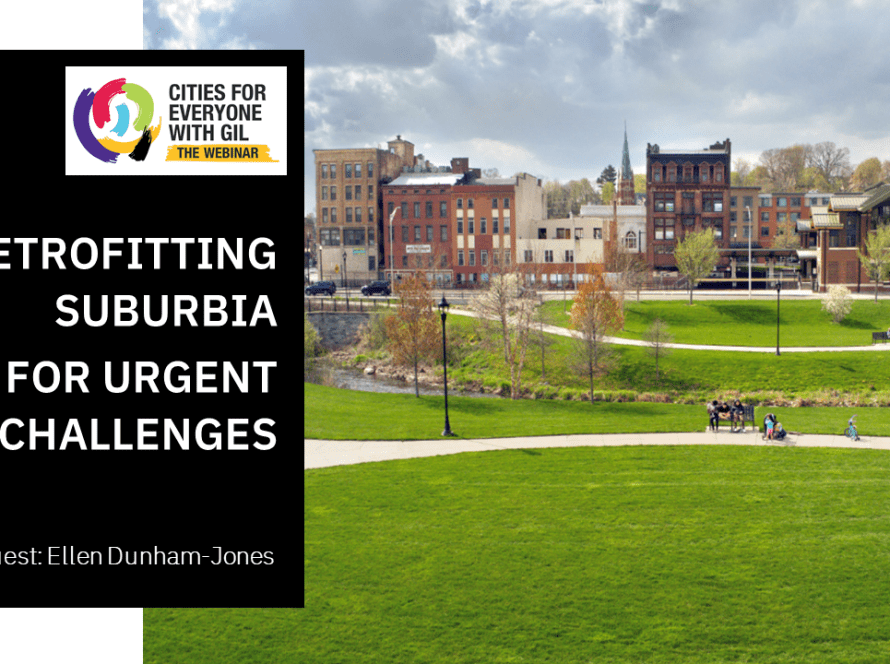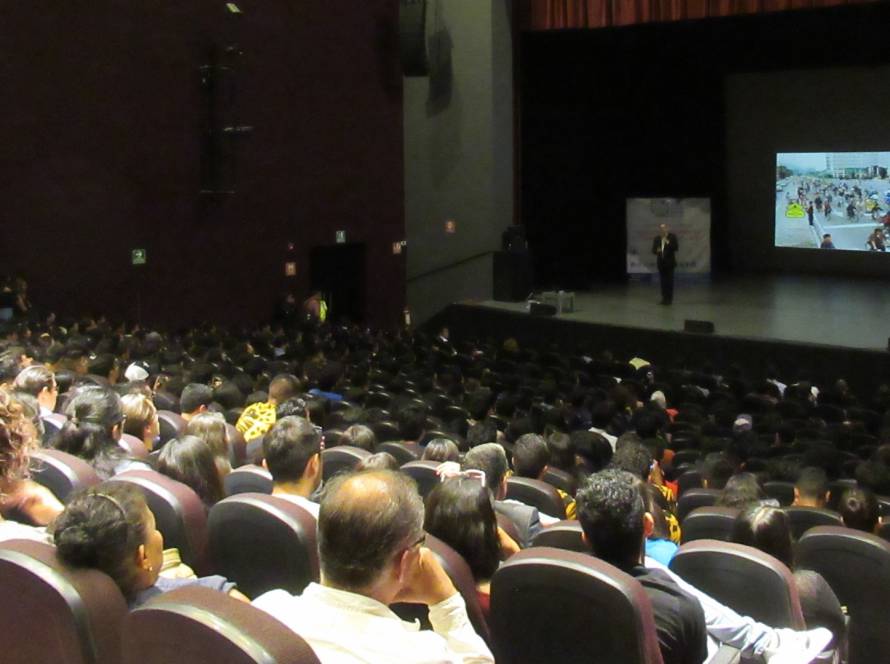Key Takeaways
- Bike Bus (supervised group bike rides to school) rapidly creates visible demand for active travel and delivers immediate health and social benefits.
- Bike buses reduce parental anxiety, build social capital, and normalize cycling where infrastructure alone has not been successful to draw cyclists.
Summary
- Bike Bus Movement:
- School-centered, community-organized group bicycle commutes that mix simple social organizing (meeting points, volunteer marshals) with incremental infrastructure and institutional support.
- Promote child’s physical activity, social connection, and visible demand for safer streets.
- It can be started by teachers and parents.
- Outcomes include
- Joy and mobility independence for kids,
- Sense of belonging for all,
- Improved safety and equity in transportation,
- Improved school attendance,
- Local infrastructure upgrades after pilots, and
- Development of local champions.
- Practical Starter Tips:
- Start small and repeat consistently (seasonal/weekly options).
- Use social media and playful tactics (creative signs, demonstrations) to generate attention and political support.
- Combine community initiative with modest physical interventions (modal filters, protected lanes, signal adjustments).
- Some municipal programs can help overcome the inequities of volunteer-only models.
- Bike Bus Movement:
How can Cities apply these learnings?
- Loan / subsidize bikes and helmets for schools and/or families (pop-up bike libraries) to form volunteer-led routes with clear meeting points and safety marshals.
- Provide starter toolkits (route templates, volunteer checklists, safety protocols).
- Pair social activation with tactical, low-cost infrastructure. For example, small signal modifications using a Glasgow-style push-button that extends the green phase for group crossings.
- Establish temporary-permit processes for pilots so that modal filters or bollards can be tested fast.
Interesting resources
- Bike Bus World. https://bikebus.world/
- Portland Bike Bus. https://www.portland.gov/transportation/walking-biking-transit-safety/bike-bus
- A Global Survey of Bike Bus Initiatives by City Lab Barcelona. https://bikeportland.org/wp-content/uploads/2024/01/A-global-survey-of-BikeBus-initiatives.pdf.
Ideas for further research
- Measure bike-bus effects on child’s physical activity, school attendance, punctuality, and academic performance.
- Investigate which supports (loaner bikes, paid coordinators, school leadership) most effectively broaden bike bus participation among low-income and underserved groups.



